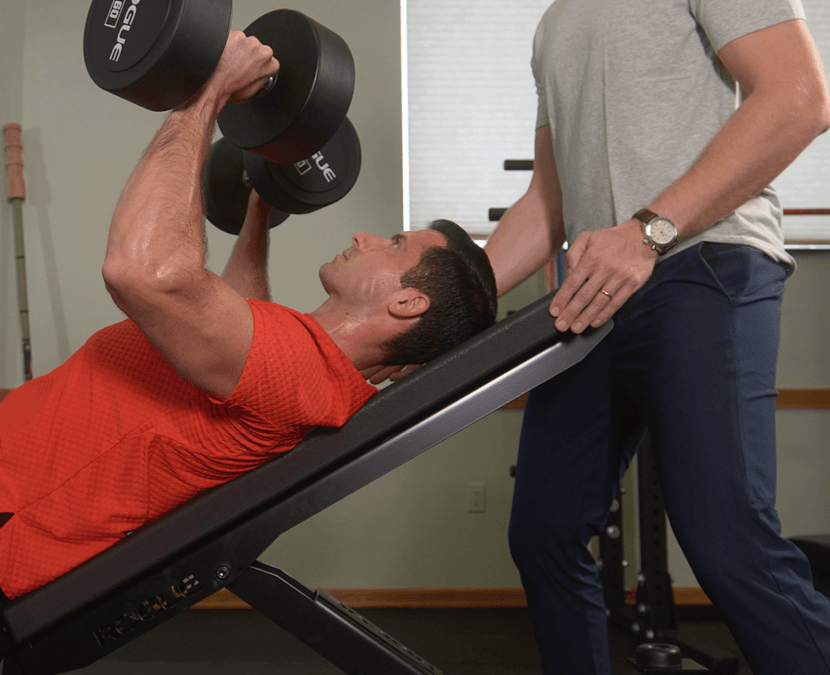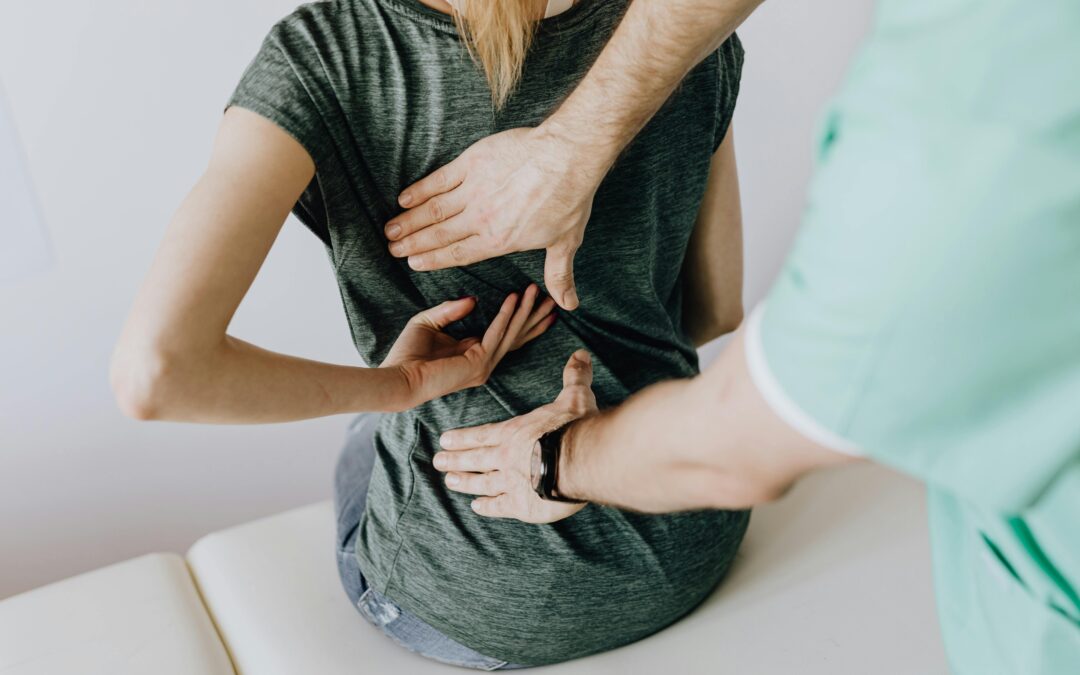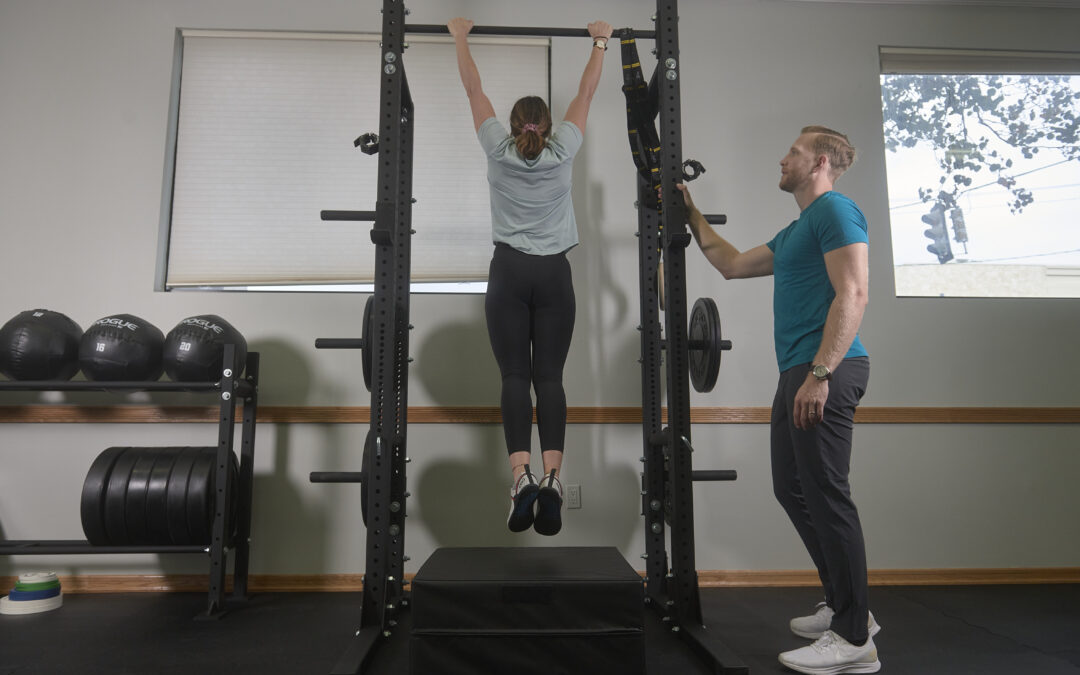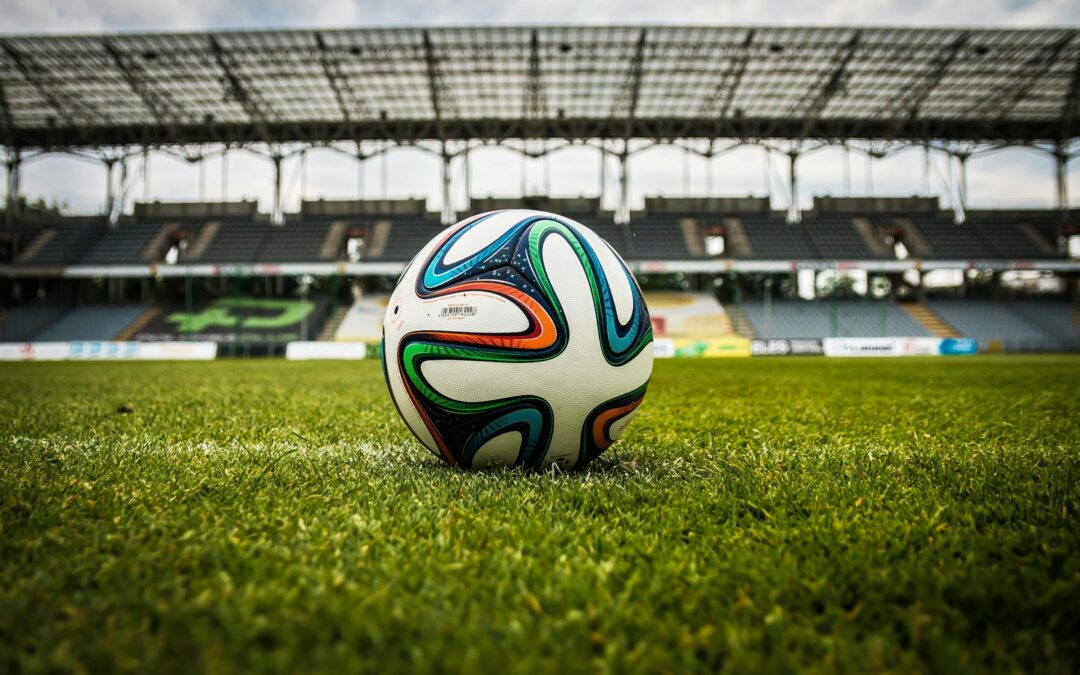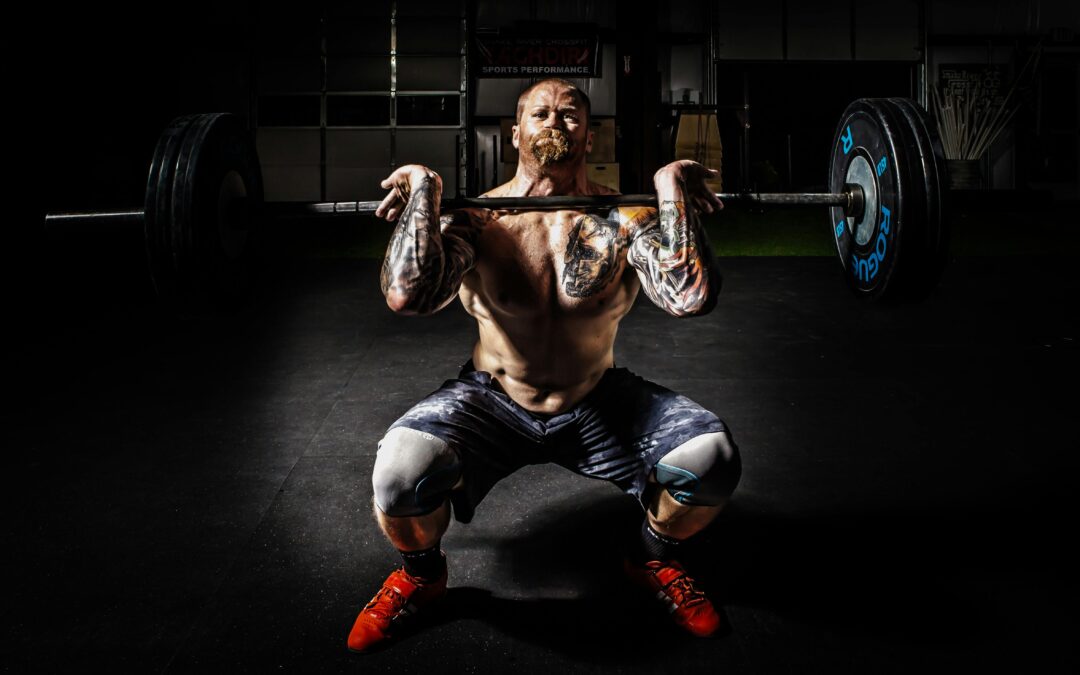
🏋️ Why Practice and Repetition Matter More Than Perfect Form for Beginners
Struggling with your form in the gym is expected when you’re just starting out.
When most people begin their fitness journey, they hear the same advice: “You must perfect your form before adding weight”. While that’s often with the best intentions, it’s not really true.
In reality, practice and repetition are more important than perfect form when you’re just starting out. Here’s why.
🔁 Repetition Builds the Foundation
You wouldn’t expect someone to play piano perfectly on their first try — and exercise is no different. When you repeat a movement consistently:
- ✅ You build muscle memory
- ✅ You gain confidence
- ✅ Your form naturally improves over time
Instead of obsessing over textbook-perfect posture, get your body moving safely and consistently first.
💡 “Perfect Form” Is constantly adapting
Even experienced athletes are always refining their technique. If you’re constantly worried about every angle and cue, it can:
- Lead to frustration
- Break your rhythm
- Discourage consistent effort
Progress, not perfection, should be your goal. Once you build a movement pattern through repetition, form adjustments will feel more natural and stick longer.
📍 Beginner-Friendly Fitness in Mineola
If you’re in Nassau County and searching phrases like:
- “Beginner workouts with proper technique”
- “Should I focus on form or just do the reps?”
- “Best way to learn exercises as a beginner”
We’ve got you covered. At Kinetix, our beginner-focused approach teaches you how to train safely, confidently, and consistently.
👉 Training
🧠 Form Follows Function
Here’s what we recommend for beginners:
- Start with a simplified version of the exercise
- Repeat it regularly at low to moderate intensity
- Gradually adjust form with small cues and feedback
This creates long-term progress without the burnout or discouragement that comes from chasing perfection too early.
